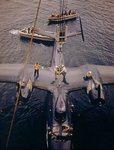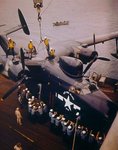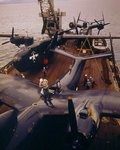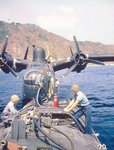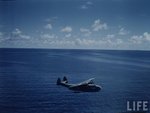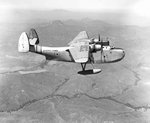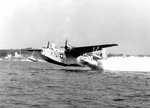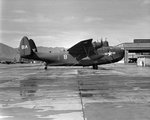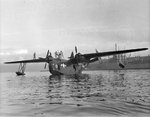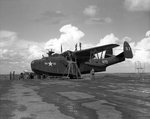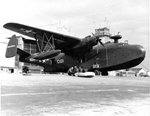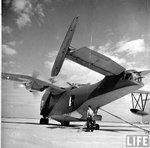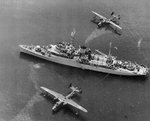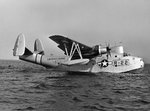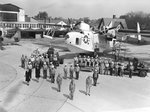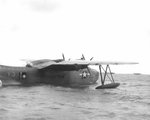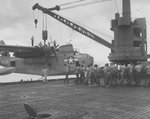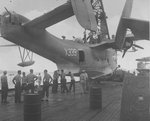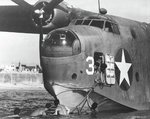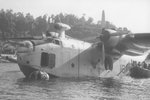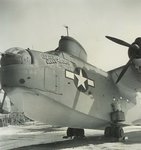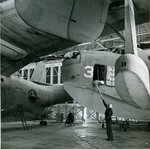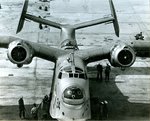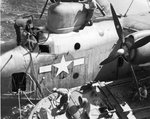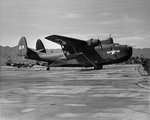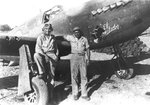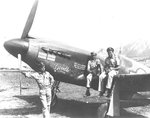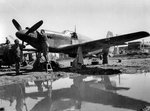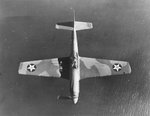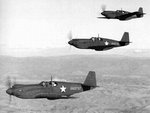- Thread starter
- #41
Next, SBDs participated in the Guadalcanal campaign, both from American carriers and Henderson Field on Guadalcanal Island. Dauntlesses contributed to the heavy loss of Japanese shipping during the campaign, including the carrier Ryūjō near the Solomon Islands on 24 August, damaging three others during the six-month campaign. SBDs proceeded to sink one cruiser and nine transports during the decisive Naval Battle of Guadalcanal. During the decisive period of the Pacific Campaign, the SBD's strengths and weaknesses became evident. While the American strength was dive bombing, the Japanese stressed their Nakajima B5N2 "Kate" torpedo bombers, which had caused the bulk of the damage at Pearl Harbor. In the Atlantic Ocean, the SBD saw action during Operation Torch, the Allied landings in North Africa, in November 1942. The Dauntlesses operated from USS Ranger and two escort carriers. Eleven months later, in Operation Leader, the SBDs saw their European debut when aircraft from Ranger attacked German shipping around Bodø, Norway. Although it was becoming obsolete by 1941, the SBD was used until 1944, when the Dauntless undertook its last major action during the Battle of the Philippine Sea.
A VB-4 SBD-3 near Bodø, Norway, 4 October 1943.
However, some Marine squadrons in the Pacific used Dauntlesses until the end of the war. It had already been replaced by the SB2C Helldiver in the U.S. Navy, much to the dismay of the pilots, many of whom believed the "Slow But Deadly" Dauntless was a better aircraft than the Helldiver, which gained the nicknames "Son of a Bitch 2nd Class" and "The Beast". The Dauntless was one of the most important aircraft in the Pacific Theatre of World War II, sinking more enemy shipping in the Pacific war than any other Allied aircraft. In addition, Barrett Tillman, in his book on the Dauntless, claims that the Dauntless has a "plus" score against enemy aircraft, considered a rare event for a nominal "bomber". A total of 5,936 SBDs were produced in World War II. When the last SBD rolled off the assembly lines at Douglas Aircraft Company's El Segundo plant on 21 July 1944, it marked the final dive bomber which the Navy was to buy. The Navy placed emphasis on the heavier, faster and longer-range SB2C. From Pearl Harbor until April 1944, SBDs had flown 1,189,473 operational hours, with 25 percent of all operational hours flown off aircraft carriers being in Dauntless aircraft. Its battle record shows that in addition to six Japanese carriers, 14 enemy cruisers had been sunk, along with six destroyers, fifteen transports or cargo ships and scores of various lesser craft.
A handful of A-24 Banshees survived in the USAAF's inventory long enough to be taken over by the United States Air Force when that service became independent of the U.S. Army in 1947. The USAF instituted a new designation system for its aircraft, eliminating the "A-for-Attack" category. Twin-engined "A" types were redesignated as bombers (another Douglas product, the A-26 Invader becoming the B-26) while single-engined "A" aircraft were identified as fighters. As a result, the Banshee became known as the F-24, although the type was retired shortly thereafter in 1950.
Source: Douglas SBD Dauntless - Wikipedia, the free encyclopedia
A VB-4 SBD-3 near Bodø, Norway, 4 October 1943.
However, some Marine squadrons in the Pacific used Dauntlesses until the end of the war. It had already been replaced by the SB2C Helldiver in the U.S. Navy, much to the dismay of the pilots, many of whom believed the "Slow But Deadly" Dauntless was a better aircraft than the Helldiver, which gained the nicknames "Son of a Bitch 2nd Class" and "The Beast". The Dauntless was one of the most important aircraft in the Pacific Theatre of World War II, sinking more enemy shipping in the Pacific war than any other Allied aircraft. In addition, Barrett Tillman, in his book on the Dauntless, claims that the Dauntless has a "plus" score against enemy aircraft, considered a rare event for a nominal "bomber". A total of 5,936 SBDs were produced in World War II. When the last SBD rolled off the assembly lines at Douglas Aircraft Company's El Segundo plant on 21 July 1944, it marked the final dive bomber which the Navy was to buy. The Navy placed emphasis on the heavier, faster and longer-range SB2C. From Pearl Harbor until April 1944, SBDs had flown 1,189,473 operational hours, with 25 percent of all operational hours flown off aircraft carriers being in Dauntless aircraft. Its battle record shows that in addition to six Japanese carriers, 14 enemy cruisers had been sunk, along with six destroyers, fifteen transports or cargo ships and scores of various lesser craft.
A handful of A-24 Banshees survived in the USAAF's inventory long enough to be taken over by the United States Air Force when that service became independent of the U.S. Army in 1947. The USAF instituted a new designation system for its aircraft, eliminating the "A-for-Attack" category. Twin-engined "A" types were redesignated as bombers (another Douglas product, the A-26 Invader becoming the B-26) while single-engined "A" aircraft were identified as fighters. As a result, the Banshee became known as the F-24, although the type was retired shortly thereafter in 1950.
Source: Douglas SBD Dauntless - Wikipedia, the free encyclopedia
Attachments
-
 Douglas SBD Dauntless 0016.jpg67.8 KB · Views: 246
Douglas SBD Dauntless 0016.jpg67.8 KB · Views: 246 -
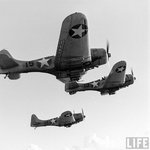 Douglas SBD Dauntless 0017.jpg96.9 KB · Views: 247
Douglas SBD Dauntless 0017.jpg96.9 KB · Views: 247 -
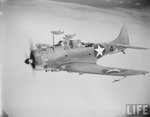 Douglas SBD Dauntless 0018.jpg58.6 KB · Views: 235
Douglas SBD Dauntless 0018.jpg58.6 KB · Views: 235 -
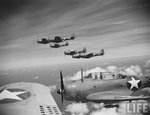 Douglas SBD Dauntless 0019.jpg74.5 KB · Views: 228
Douglas SBD Dauntless 0019.jpg74.5 KB · Views: 228 -
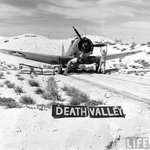 Douglas SBD Dauntless 0020.jpg170.2 KB · Views: 216
Douglas SBD Dauntless 0020.jpg170.2 KB · Views: 216 -
 Douglas SBD Dauntless 0022.jpg86.2 KB · Views: 241
Douglas SBD Dauntless 0022.jpg86.2 KB · Views: 241 -
 Douglas SBD Dauntless 0023.jpg130.9 KB · Views: 244
Douglas SBD Dauntless 0023.jpg130.9 KB · Views: 244 -
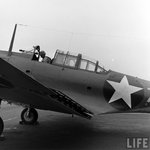 Douglas SBD Dauntless 0024.jpg92.2 KB · Views: 247
Douglas SBD Dauntless 0024.jpg92.2 KB · Views: 247 -
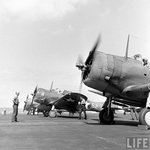 Douglas SBD Dauntless 0025.jpg121.4 KB · Views: 225
Douglas SBD Dauntless 0025.jpg121.4 KB · Views: 225 -
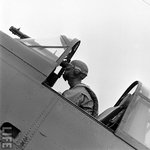 Douglas SBD Dauntless 0026.jpg102 KB · Views: 226
Douglas SBD Dauntless 0026.jpg102 KB · Views: 226 -
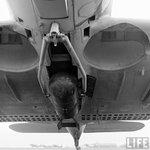 Douglas SBD Dauntless 0027.jpg118.3 KB · Views: 249
Douglas SBD Dauntless 0027.jpg118.3 KB · Views: 249 -
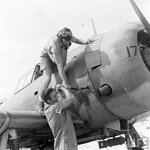 Douglas SBD Dauntless 0028.jpg122.2 KB · Views: 229
Douglas SBD Dauntless 0028.jpg122.2 KB · Views: 229 -
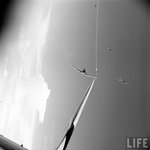 Douglas SBD Dauntless 0029.jpg81 KB · Views: 234
Douglas SBD Dauntless 0029.jpg81 KB · Views: 234

